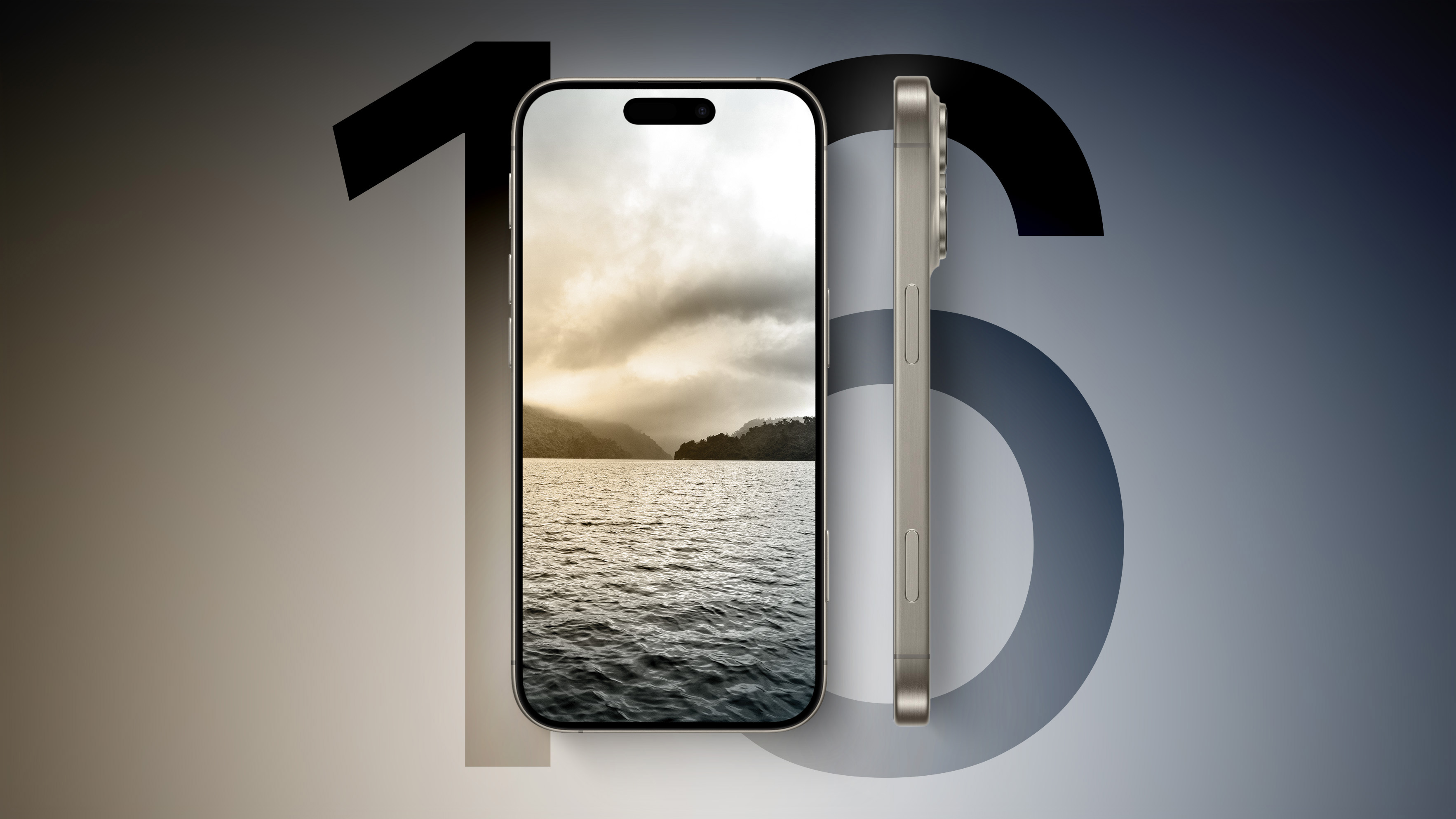
Next year's iPhone 16 could feature a more power-efficient display thanks to a new OLED material set that is reportedly being developed by Samsung specifically for Apple.

A material set includes a variety of components for OLED screens, such as capping layers (CPL), which adjust the optical characteristics of the screen. Each component is produced by a specialist manufacturer and supplied to Samsung, which then uses them to construct the final OLED panel.
A different composition of materials in the set can alter attributes of the OLED panel, such as lifespan, brightness, color accuracy, or manufacturing efficiency.
Back in April, The Elec reported that Samsung was using its "M12" material set for this year's iPhone 15 models, while also developing a new OLED material set, dubbed "M14," specifically for Apple's 2024 iPhones. The precise reason for the development was not known at the time, but a new report from the Korean-language outlet suggests it could be related to making the OLED panel more energy efficient.
Citing Korean Ubi Research analyst Daejeong Yoon, The Elec now reports that Samsung's OLED development roadmap has been focused on replacing blue fluorescent materials with a blue phosphorescence that could reduce the overall power consumption of an OLED panel.
According to Yoon, Samsung originally intended to use the more power-efficient material in OLED panels developed for a variety of foldable phones in 2024, but it is not easy to develop, and Samsung could instead reserve it for Apple's M14 material set.
"Following the iPhone 16 next year, M14 will be applied to the iPhone 17 in 2025, and the application period for the Apple iPhone OLED material set will increase to two years," Yoon was quoted as saying.
The iPhone 16 Pro and iPhone 16 Pro Max are expected to have larger display sizes, according to multiple sources. The iPhone 16 Pro will have a display that's 6.27 inches in size (rounded to 6.3), while the iPhone 16 Pro Max is expected to have a display that's 6.85 inches in size (rounded to 6.9).
A previous report in September suggested iPhone 16 OLED panels could use micro-lens technology to maintain or increase the brightness of the displays while potentially reducing their power consumption.
Meanwhile an earlier report in May claimed that Apple intends to mass produce more advanced microLED displays in order to lessen its reliance on Samsung and increase its own control over supply, laying the groundwork to realize its ultimate goal of bringing the next-generation technology to iPhones.
Article Link: iPhone 16 May Feature More Power-Efficient Samsung OLED Display

